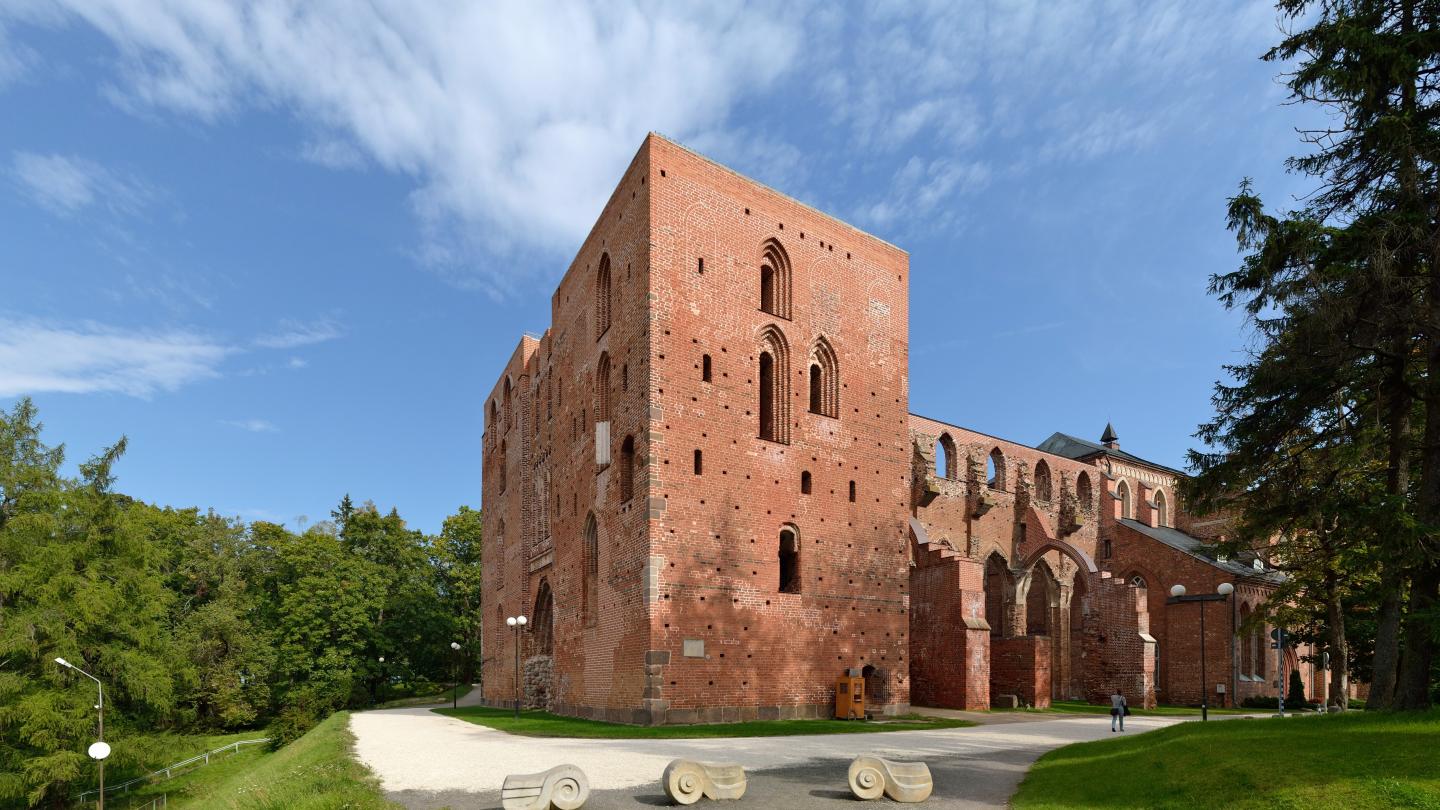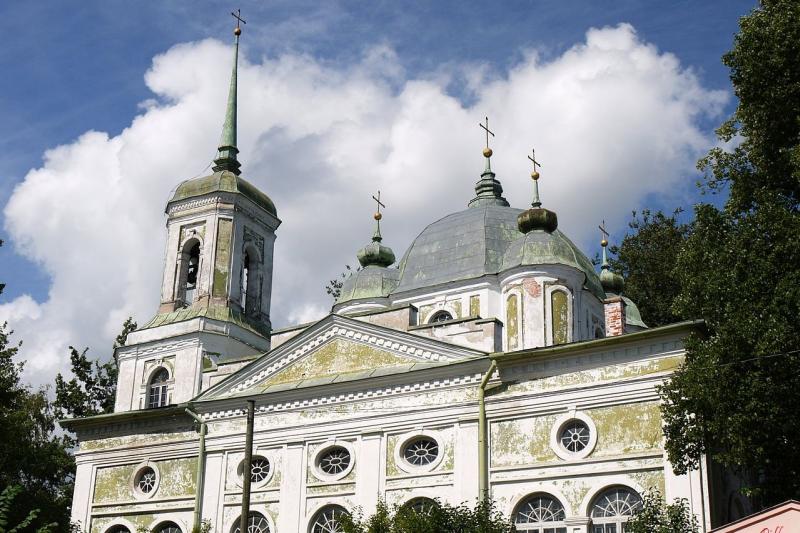
Church Locations
From top to bottom
1. St. Peter's Church
2. Church of St. George
3. Assumption Cathedral
4. Saint John's Church
5. Immaculate Conception Church
6. University Church
7. Tartu Cathedral

The second-largest city in Estonia boasts a beautiful historic centre, a prestigious university, and wonderful churches. We have selected a few of them, all walking distance from one another.

From top to bottom
1. St. Peter's Church
2. Church of St. George
3. Assumption Cathedral
4. Saint John's Church
5. Immaculate Conception Church
6. University Church
7. Tartu Cathedral

St. Peter's Church is a Lutheran church built in the neo-Gothic style between 1882 and 1884 according to the design of the architect Viktor Schröter. The church was finally completed in 1903 when the west tower and the spires of the towers were designed by the architect Georg Hellat. The interior of the church is also largely neo-Gothic, with an altar wall by Gustav Beermann (1900) and an altarpiece by Johann Köler (1897).

The Church of St. George is an Orthodox church built between 1868 and 1870. As early as 1845, an Estonian Orthodox congregation was founded in Tartu, and it was under the leadership of the priest Joosep Shestakovski (1856-1888) that the construction of an Orthodox church began. The building was damaged during World War II and restored in 1945. Patriarch Alexy II of Moscow (Primate of the Russian Orthodox Church from 1990 to 2008) began his career there.

The Assumption Cathedral is the Apostolic Orthodox Cathedral of Tartu. The church, completed in 1753, was destroyed by a major fire in 1775 and was therefore rebuilt in 1783. The architect and designer of the church was P. Spekle. The church was originally painted light green, then ochre yellow and finally bleached. In the 19th century, the church was extended: new parts of the building were built between the cross branches and the church became square.

The Cathedral of St. John is one of the iconic cathedrals of the city of Tartu. The church was constructed in a brick gothic style in the 14th century but was restored many times throughout its history, most notably after its damage during the second world war. The cathedral is probably most famous for its over 1,000 original terra cotta statues, some older than 700 years.

The Catholic Church in Tartu was built between 1862 and 1899 in red brick like many buildings in Tartu. The neo-gothic building was erected according to the design of Wilhelm Schilling, probably inspired by the Church of the Apostles in Hanover. The exterior of the building is characterised by supporting buttresses, square stair towers on the sides and tented spires. The church has a four-sided bell tower, which extends partly into the long building.

The University of Tartu Church is an old church built in 1860 behind the main classicist building of the University of Tartu, from 1809. It was used by the congregation of the University of Tartu until 1948 when the church became a study building. Part of the furniture, the altar, pulpit, pews and bells of the tower, was moved to the restored St. Nicholas' Church in Põltsamaa, where it is still in use.

Tartu Cathedral is a brick Gothic style church founded between the 13th and 16th centuries. Devastated during the Livonia War (1558 - 1583), it was left in a state of ruin and in the 1760s, the high twin towers of the church were demolished. As part of the reconstruction of the University of Tartu in 1804-1807, rooms of the university library were built in the cathedral choir. After the completion of the new university library building in 1981, the University of Tartu Museum moved in.